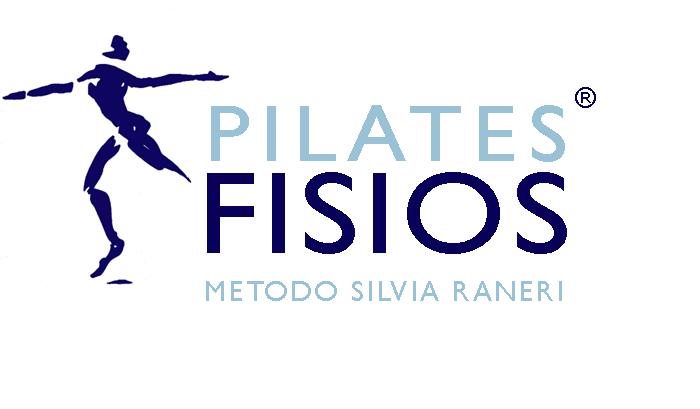STUDY DESIGN: A randomized controlled trial, prestestposttest design, with a 3-, 6-, and 12-month follow-up.
OBJECTIVES: To investigate the efficacy of a therapeutic
exercise approach in a population with chronic low back
pain (LBP). BACKGROUND: Therapeutic approaches
developed from the Pilates method are becoming
increasingly popular; however, there have been no reports
on their efficacy. METHODS AND MEASURES: Thirty-nine
physically active subjects between 20 and 55 years old
with chronic LBP were randomly assigned to 1 of 2 groups.
The specific-exercise-training group participated in a 4-
week program consisting of training on specialized
(Pilates) exercise equipment, while the control group
received the usual care, defined as consultation with a
physician and other specialists and healthcare
professionals, as necessary. Treatment sessions were
designed to train the activation of specific muscles thought
to stabilize the lumbar-pelvic region. Functional disability
outcomes were measured with The Roland Morris
Disability Questionnaire (RMQ/RMDQ-HK) and average
pain intensity using a 101-point numerical rating scale.
RESULTS: There was a significantly lower level of
functional disability (P = .023) and average pain intensity
(P = .002) in the specific-exercise-training group than in
the control group following the treatment intervention
period. The posttest adjusted mean in functional disability
level in the specific-exercise-training group was 2.0 (95%
CI, 1.3 to 2.7) RMQ/RMDQ-HK points compared to a
posttest adjusted mean in the control group of 3.2 (95%
CI, 2.5 to 4.0) RMQ/RMDQ-HK points. The posttest
adjusted mean in pain intensity in the specific-exercisetraining group was 18.3 (95% CI, 11.8 to 24.8), as
compared to 33.9 (95% CI, 26.9 to 41.0) in the control
group. Improved disability scores in the specific-exercisetraining group were maintained for up to 12 months
following treatment intervention.


